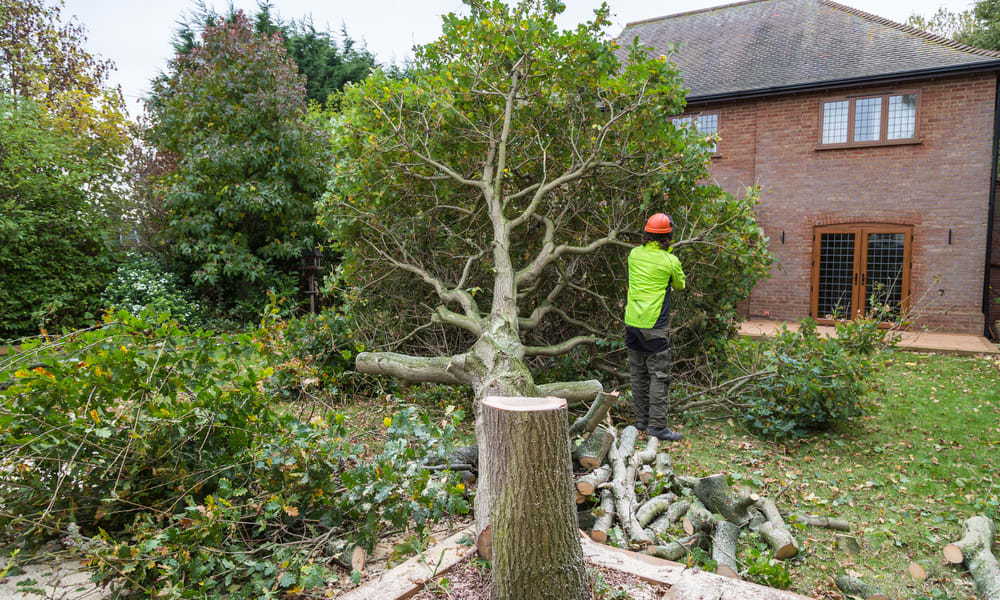Practical Home & Garden Tips for Lasting Comfort
A well-kept home and garden bring comfort, curb appeal, and long-term savings. This article shares practical guidance for busy homeowners who want smart maintenance, seasonal projects, and an SEO-aware approach to promoting or finding services. It also addresses a common content placeholder—bulk_create_keyword—and explains how to replace it with meaningful terms for clarity and search visibility.

What is bulk_create_keyword and why it matters?
The text bulk_create_keyword is clearly a placeholder often left in templates when content or SEO keywords weren’t finalized. Leaving such a token in published pages confuses readers and search engines, undermining credibility. For Home & Garden topics, meaningful keywords could be “garden maintenance tips,” “seasonal home care,” or “local landscaping services.” Replace placeholders with intent-driven phrases that match what users search for, such as service queries that include “in your area” to capture local demand.
Only using an explicit placeholder like bulk_create_keyword is risky: it signals automated or unfinished copy and can harm user trust. When creating content, audit templates before publishing and run a keyword refinement pass so headings and meta descriptions contain clear, human-readable terms that reflect the page’s purpose and audience interests.
How to choose local services for home & garden
Selecting reliable local services starts with clear needs: lawn care, tree pruning, handyman repairs, or seasonal cleanups. Look for providers with specific experience in your climate or plant palette. Ask prospective contractors about licensing, insurance, references, and warranties. Local community groups and consumer review sites can offer real-world feedback; seek patterns in reviews rather than single comments.
When contacting providers, request a written estimate and clarify scope: frequency of service, materials included, and handling of unexpected issues. Effective communication up front prevents scope creep and surprise fees. Also consider eco-friendly or water-wise options if sustainability matters in your area—these choices can reduce long-term maintenance while supporting local ecosystems.
Simple DIY projects that improve value
Small, well-planned DIY projects can boost home comfort and perceived value. Focus on high-impact, low-cost tasks: refreshing mulch and edging beds, repainting a front door, installing programmable thermostats, or replacing worn weatherstripping. Break larger projects into weekend-sized steps to keep progress steady without overwhelming your schedule.
Prioritize safety and permits where required—structural or electrical work often needs licensed contractors. For garden projects, choose native or drought-tolerant plants to cut watering and maintenance. Document your improvements with photos and receipts; these records help with resale and show prospective buyers the property has been maintained responsibly.
SEO and keywords: replacing bulk_create_keyword responsibly
If you manage Home & Garden content, treat keywords as user signals rather than stuffing targets. Replace bulk_create_keyword with targeted phrases like “seasonal garden maintenance checklist” or “affordable local landscaping services” depending on the page’s focus. Use long-tail keywords for specific queries—people search differently when looking for “how to prune hydrangeas in summer” versus general “gardening tips.”
Structure content around user intent: informational pages should answer common questions, while service pages should describe offerings, coverage areas, and expectations. Include location phrasing such as “local services” or “in your area” to improve relevance without using vague tokens. Regularly review analytics to spot which terms actually drive visits and conversions, then refine content and headings accordingly.
Conclusion
Good Home & Garden maintenance blends practical planning, selective DIY work, and smart sourcing of local services. Avoid placeholders like bulk_create_keyword in published content by choosing clear, intent-driven keywords and proofreading templates before release. With seasonal planning and targeted, user-focused content, homeowners and service providers alike can create spaces that are comfortable, sustainable, and easy to maintain.






